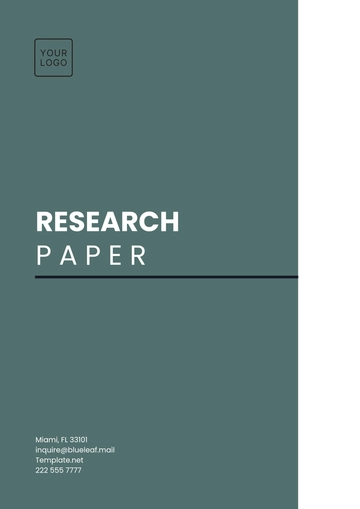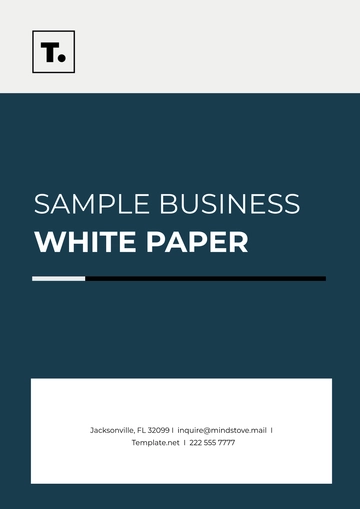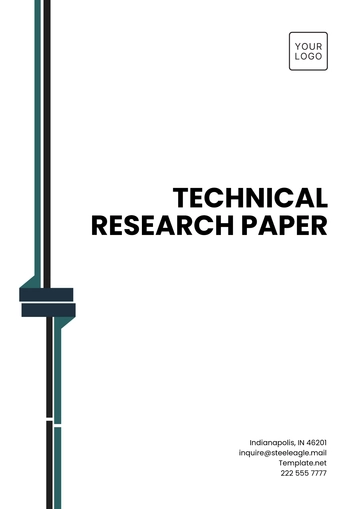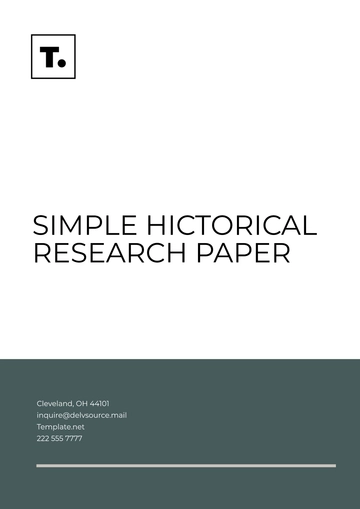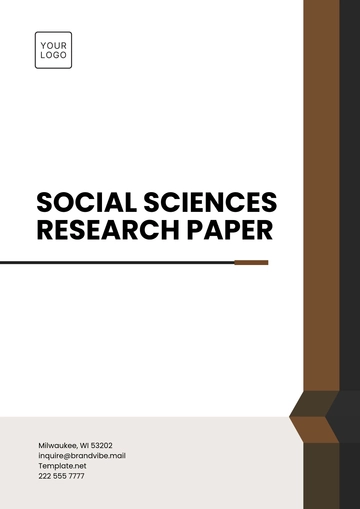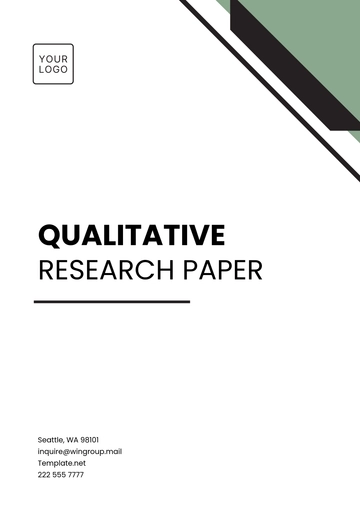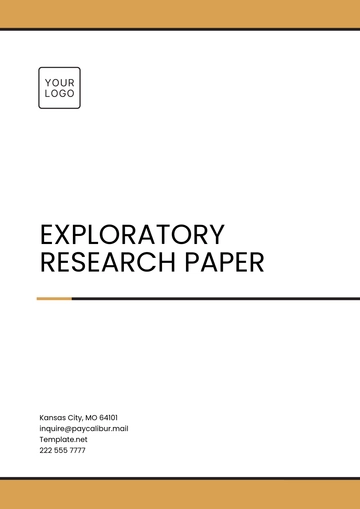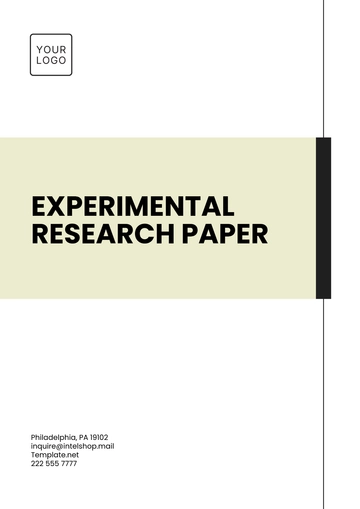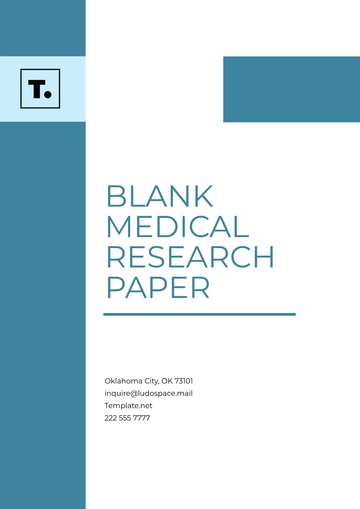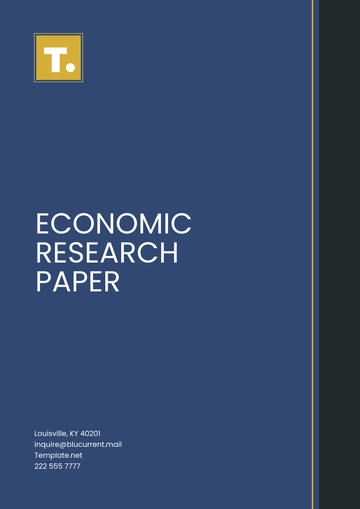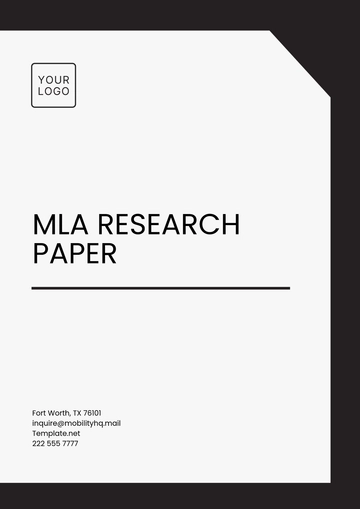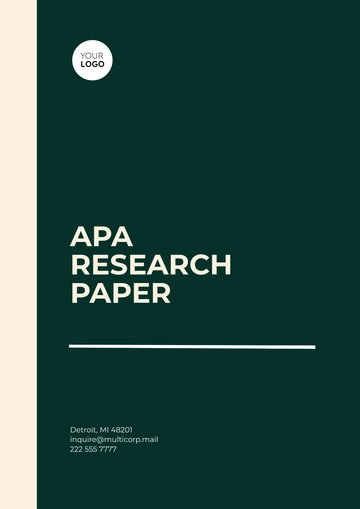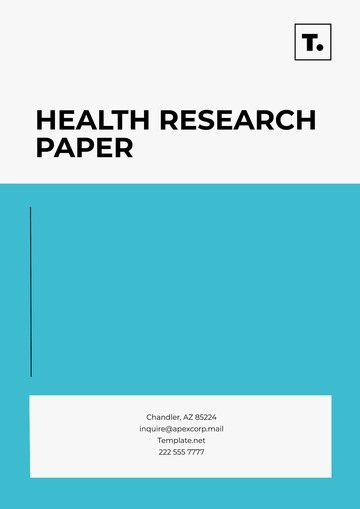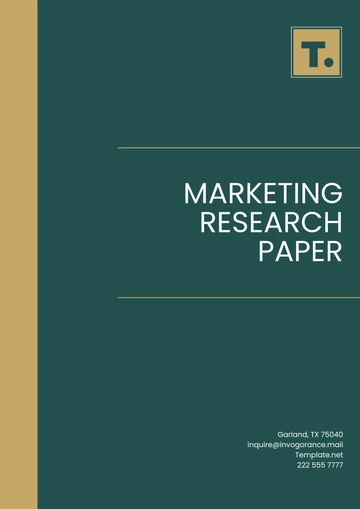Free Investor Readability Research Process
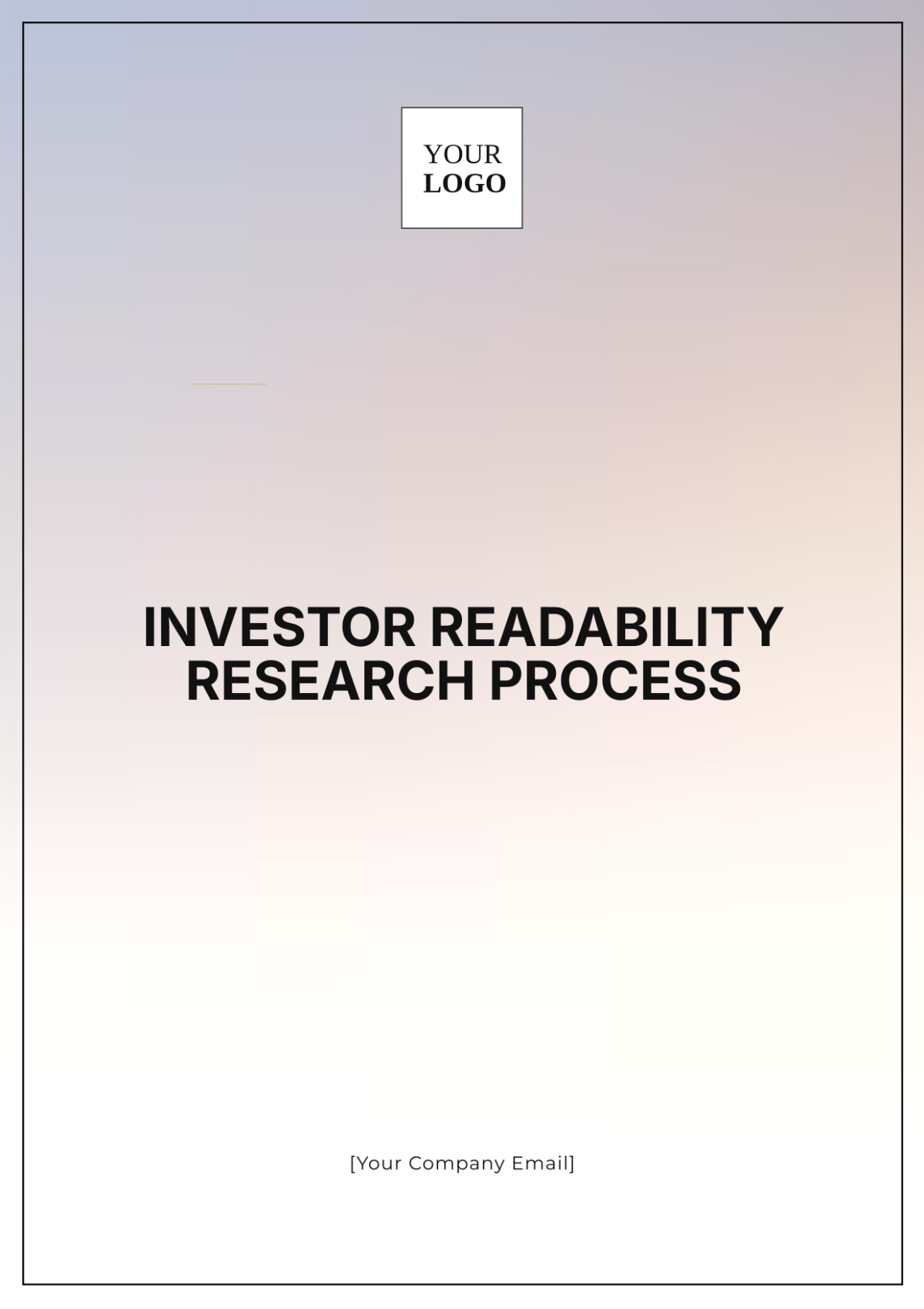
Prepared by: [Your Name]
Company: [Your Company Name]
Date: [Date]
1. Introduction
The Investor Readability Research aims to improve the clarity and comprehension of investor communications. As financial reports and presentations grow more complex, the study identifies readability challenges and proposes strategies for clarity using advanced metrics and best practices to enhance investor understanding and satisfaction.
2. Research Objectives
Objective 1: Define key readability metrics for investor communications, including readability scores and comprehension levels.
Objective 2: Evaluate current investor reports and presentations for readability using a sample of 100 financial documents.
Objective 3: Identify best practices and guidelines for improving readability, drawing from industry standards, and expert recommendations.
3. Methodology
Data Collection: Data was collected through surveys of 500 investors and interviews with 20 financial analysts. Additionally, a comprehensive analysis of 100 investor reports from 2050 to 2069 was conducted.
Analysis Techniques: Readability was assessed using the Flesch-Kincaid Readability Test, Gunning Fog Index, and user feedback surveys. Document analysis was performed to identify common readability issues.
Benchmarking: Current practices were compared against readability standards established by the Financial Communications Institute and readability benchmarks from previous studies.
4. Findings
Current Readability Levels: The average readability score of investor reports was found to be at a college graduate level, with a Flesch-Kincaid score of 45.8, indicating a need for simplification.
Common Issues: Key issues included excessive jargon, long sentence lengths, and complex financial terminology that hindered understanding.
Best Practices: Effective readability practices identified include the use of clear language, concise sentence structure, and the incorporation of visual aids, such as charts and graphs.
5. Recommendations
5.1 Improvement Strategies
Simplify language and reduce jargon in investor reports.
Break down complex information into easily digestible sections with clear headings.
Utilize visual aids to enhance comprehension of financial data.
5.2 Implementation Plan
Short-Term (2050-2051): Revise existing report templates to incorporate readability improvements.
Medium-Term (2052-2054): Train financial writers and analysts on best practices for readability.
Long-Term (2055-2060): Establish feedback mechanisms and conduct ongoing readability audits to continuously enhance investor communications.
6. Risk Assessment
Potential Risks: Identify risks associated with implementing readability improvements, such as resistance to change from stakeholders or the potential for oversimplification of complex information.
Mitigation Strategies: Outline strategies to address these risks, including stakeholder engagement, incremental implementation, and ongoing monitoring, to ensure a balance between simplicity and accuracy.
7. Future Research Directions
Exploring Emerging Technologies: Investigate how new technologies, such as AI-driven readability tools and interactive data visualizations, can further enhance investor communication.
Longitudinal Studies: Conduct longitudinal studies to track the long-term impact of readability improvements on investor engagement and decision-making.
Cross-Industry Comparisons: Expand research to compare readability practices and effectiveness across different industries and financial sectors.
8. Conclusion
The Investor Readability Research highlights the need for clearer investor communications, showing that many reports are hard to understand and can hinder decision-making. Implementing recommended strategies can make reports more accessible and comprehensible, leading to better investment decisions and increased trust. Improved readability enhances engagement, transparency, and accountability, contributing to a more informed and satisfied investor base.
- 100% Customizable, free editor
- Access 1 Million+ Templates, photo’s & graphics
- Download or share as a template
- Click and replace photos, graphics, text, backgrounds
- Resize, crop, AI write & more
- Access advanced editor
Unlock efficiency with the Investor Readability Research Process Template from Template.net. This fully editable and customizable template, designed for clarity, helps streamline your research process. Easily tailor it to your needs using our Ai Editor Tool, ensuring precise and professional results every time. Elevate your investment documentation effortlessly with this versatile solution.
